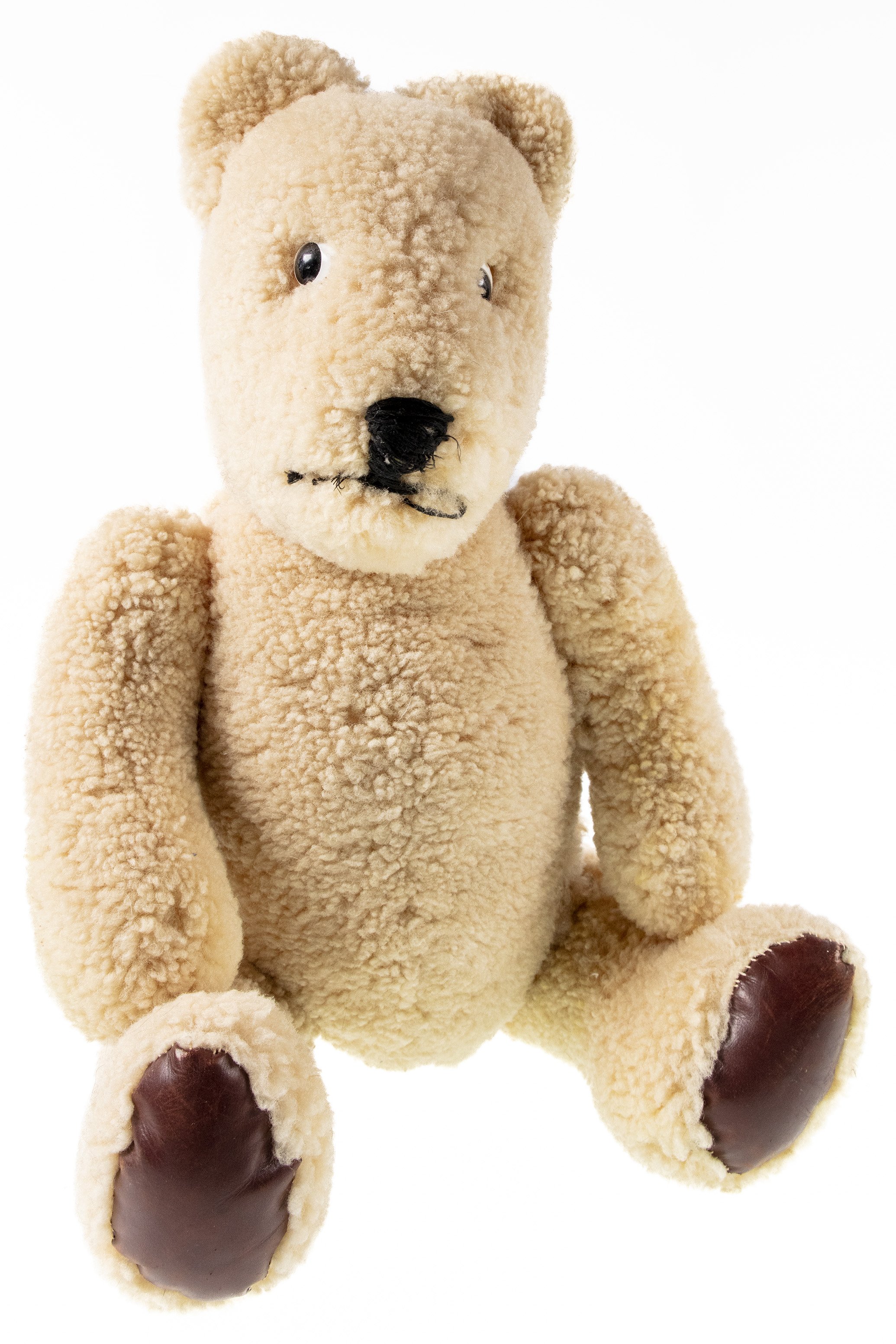Treasured toys tell tales: Child’s play – or not?
Nelson Provincial Museum’s assorted collection of 807 toys – with more than 400 that can be viewed on the museum’s website – provides a window into the past. However, in many ways, they reveal more about broader social and political norms of the day than they do about the tastes of the children who played with them.
According to Senior Collection Technician Michael Davies, the museum’s collection of toys prompts us to consider contradictory forces at play.
Toys are, at once, both beloved but ephemeral; treasured but transitory. Most of the toys in the collection supposedly characterise childhood but they often see children “playing at being adults”. They appear to offer a window into the past but the story they tell is often incomplete.
However, all the toys in the collection have one thing in common.
“We know all the toys in our collection were once treasured, because they were kept well beyond childhood and then donated to the museum,” Davies said. “While they do not show the whole picture, some of that gap can be filled in with photos and written descriptions of children playing, but much of the mystery and magic of childhood games are too hard to pin down (and might just be spoiled in the attempt).”
Davies said one rare example of a toy accompanied by both the story of its maker and its playmates is ‘Ted’, a teddy bear made by staff and pupils in the late 1950s at what was then known as Bronte Street School (now Maitai School).
“The fact that the donors provided this information is crucial, as so many toys are handmade and lack the tags and model numbers associated with industrially-made objects,” said Davies.
Bronte Street School, “Ted”. Nelson Provincial Museum Collection: NPM2017.25.1
Plastic Products, Toy Car. Nelson Provincial Museum Collection: NPM2011.14.1
Locally made toys were very common in the 1940s when imports were tightly restricted during World War Two. The car in the background was made from compressed sawdust by a Hamilton firm.
Davies said the toy collection is a good example of how important it is for the museum to look after delicate objects. The preservation of toys is complicated by the fact that many of the toys had a “hard life” before they were donated.
“The pristine, never-out-of-the-box doll can excite collectors and make a stunning display but the ‘loved to death’ toys can have many more stories attached,” said Davies.
“However, those stories and memories can be very hard to capture for posterity, let alone to present to the public.”
Some of the toys in the collection are known to have been repaired or remade. For example, a woman reported that the doll she was donating to the museum had been sewn by her mother to fit an older ceramic doll’s head. In other cases, we can only document what we can discover by examining the toy.
Hazardous toys
“Possibly the trickiest of all are battery-operated toys,” said Davies. “The risk of batteries leaking and corroding means they need to be removed, but without them, even well-preserved toys that could run will be forever still and silent.”
Even before Eveready invented the first miniature batteries in the late 1950s, toys had other types of hazards. In some cases, this meant they were more likely to be donated to the museum than passed on to subsequent generations.
In some cases, the danger was inherent in the operation of the toy itself, such as a pressed metal cap gun in the museum’s collection. In other cases, the materials from which they were made proved later to be dangerous. “We have plenty of lead farm animals and soldiers,” said Davies, “The temptation for children to put toys in their mouths has led them to be a thing of the past.”
Balancing the past and present
Yesterday’s toys can also be considered problematic when they reflect past ignorance and prejudices. One example is a partial set of alphabetical cards that uses an ‘N’ word once used to describe African Americans but now understood to be offensive. This card is rarely displayed on top of the pile.
“Museums have to negotiate a balance between accurately depicting the past and respect, in the present, for those who have been negatively stereotyped,” said Davies.
There are also imbalances in the collection when the gender preferences of children are considered. Dolls – which dominate the collection because they have long been considered a valuable collectible, are comparatively better preserved and are visually appealing – far outweigh the number of toys once popular with boys.
Clay Marbles. Nelson Provincial Museum Collection: A4201.6
Yet, despite their number, the many dolls in the collection still only tell part of the story. While they might appear to give us a glimpse into the time during which they were created, they often show an idealised past, with the dolls dressed in more frills and flounces than most children wore.
Timeless toys
Some toys, such as marbles, are regarded as being almost timeless, because they are either handed down from generation to generation or re-emerge a result of the marketing cycles of global toymakers.
“The marbles in our collection include both deliberate collections of marbles and several single marbles that had been tucked ‘somewhere safe’ and arrived at the museum in a tin with buttons, or in the back of a drawer,” said Davies. “The bag of marbles pictured includes two very interesting types of marbles alongside the commercially available glass marbles with coloured decoration. These are clay marbles as well as plain glass marbles that were obtained by breaking open codd-necked bottles that used a marble in a specially designed neck to seal in the bubbles in soda.”
Bigger picture
While the broader experience of childhood is captured in the museum’s collection, which also includes examples of slate boards, old textbooks, clothing and photographs, these are mostly also filtered through an adult perspective of what it is important to preserve.
Children’s direct spending power has always been quite limited, even more so in the past, so toys often tend to be given to them as gifts. However, it is rare for the information about the gifting of toys to be preserved and passed on to the museum with the object itself. Where that information is passed on, it is often because it was seen as special.
While the museum knows the pond yacht was sent from England by an uncle of the donor in the 1920s. The details of where it was sailed, and how it handled were not recorded.
Children’s books, which often include bookplates or inscriptions indicating whether they were given or won as prizes, can give a better insight into children’s lives, although their selection were likewise influenced by what adults thought children ought to be reading.
Hamleys, Brynhild (Pond Yacht). Nelson Provincial Museum Collection: NPM993.37.1
More recent donations – such as submissions to the ‘Life in the Bubble’ project, a joint initiative of Nelson Provincial Museum and Nelson Public Libraries to capture children’s experiences during the Covid-19 lockdowns, as well as Riding the Covid Wave, a book written by students at Waimea Intermediate – are including the voices of children themselves.
Of course, children made their own toys, but they are also less likely to appear in the museum’s collection because they were often very temporary in nature. One exception is a set of paper dolls. Pre-printed dresses and dolls from magazines have been supplemented by hand-drawn and coloured outfits made by the girls who played with them. This locally drawn set of paper dolls is gradually being loaded onto the museum’s Collections Online website.
While the playing days might be over for the museum’s toy collection, and they may be tucked up in acid-free tissue rather than toy boxes, the clues the toys provide shed light on what was valued in the past and provide stories for children in the future.
Article prepared by Nelson Provincial Museum Senior Collection Technician, Michael Davies, with additional reporting and editing by Kerry Sunderland.
This article was originally published in The Nelson Mail on Saturday 28th September 2024. To view the story - click here




